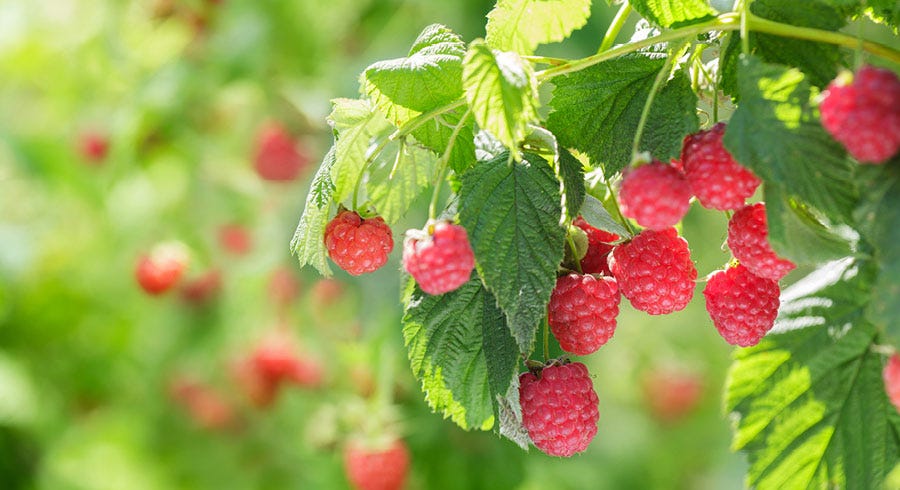Gardening Jobs for March


If you’re looking for gardening tips this month, you’re in the right place! With the help of our experts we’ve put together a comprehensive guide on what to do in the garden in March, including tasks for specific plants and tips on spring cleaning your greenhouse to get it ready for the summer.
We’ll start with the most important jobs…
Which Plants Should You Prioritise in March?
The first plant you should prioritise is your raspberry plant! Arguably one of the best summer fruits, these are ready to be planted so you can enjoy their juicy goodness in summer.
How to Plant Raspberries
It’s important your raspberries get plenty of sun so place them in a sunny area of your garden. You’ll see their small flowers turn into yields of fruit that will ripen from late summer through to autumn. Once ripe, your homegrown raspberries will taste a whole lot better than any in the shops.
When planting raspberry canes, space them 45-60cm apart with 1.8m between rows. Run the rows north to south if you can, so that the plants don’t shade each other, and plant somewhere sheltered if possible. This will help encourage pollinators to visit and prevent any thinner side branches from snapping in the wind. Be careful not to plant your raspberry canes too deeply – the first roots should be no more than 5cm below the soil surface. If you can see a soil mark on the bare cane stem, plant them up to that level.
Be sure not to plant them anywhere that may get waterlogged as they won’t fare well in these conditions. If you’re struggling to find somewhere suitable, try a raised bed.
When planted, spread some mulch or compost over the soil about 7-8cm thick.
As for other plants to prioritise in March, have a look below.
Flowers, Trees and Shrubs
Prune seed heads or stems left on perennials so they look more attractive. Cut them back as much as you can without damaging any new growth that’s coming through.
Trim mophead and lacecap hydrangeas as the buds begin to grow. Get rid of the old flower heads with some pruners, cutting back to the closest pair of healthy-looking buds.
Place supports around the emerging stems of perennials to prevent them drooping over as the season goes on. Link stakes are ideal for large clumps, while wire mesh rings are perfect for multi-stemmed perennials like asters.
Tie individual stems of delphinium, hollyhock, verbascum and other tall-growing plants to stout canes with garden twine.
In the Kitchen Garden
Spread a 3-inch layer of shredded horse manure around cane, bush and tree fruits to help nourish them for good growth. Leave a space between the stem and the manure.
If you live in a milder area of the country or have a sheltered garden, you can sow seeds for beetroot, broad beans, peas and summer spinach in well-prepared soil.
Blueberries are perfect for planting in March. Plant young bushes in big pots filled with ericaceous compost.
Once all your planting is done, keep your crops healthy by using a Vine Weevil Killer to prevent vine weevil grubs from eating the roots of plants in pots.
Also - prepare the ground for starting new lawns from seed. Rake the soil level, get rid of any stones and broadcast seed. Rake gently into the surface. Give it a good watering and then throw some netting over to protect from birds.
Getting Your Greenhouse into Shape
There’s nothing worse than a dirty, untidy greenhouse you can never find anything in, so give yours a good spring clean to get it ready for the months ahead. When spring cleaning your greenhouse, remove everything inside so you can easily sweep benches and floors. Organise pots and trays and remove dead leaves and flowers from plants before putting them back.
Once all this is done, your garden will be well prepared for the season ahead. Remember to come back next month to find out what to do in April!










